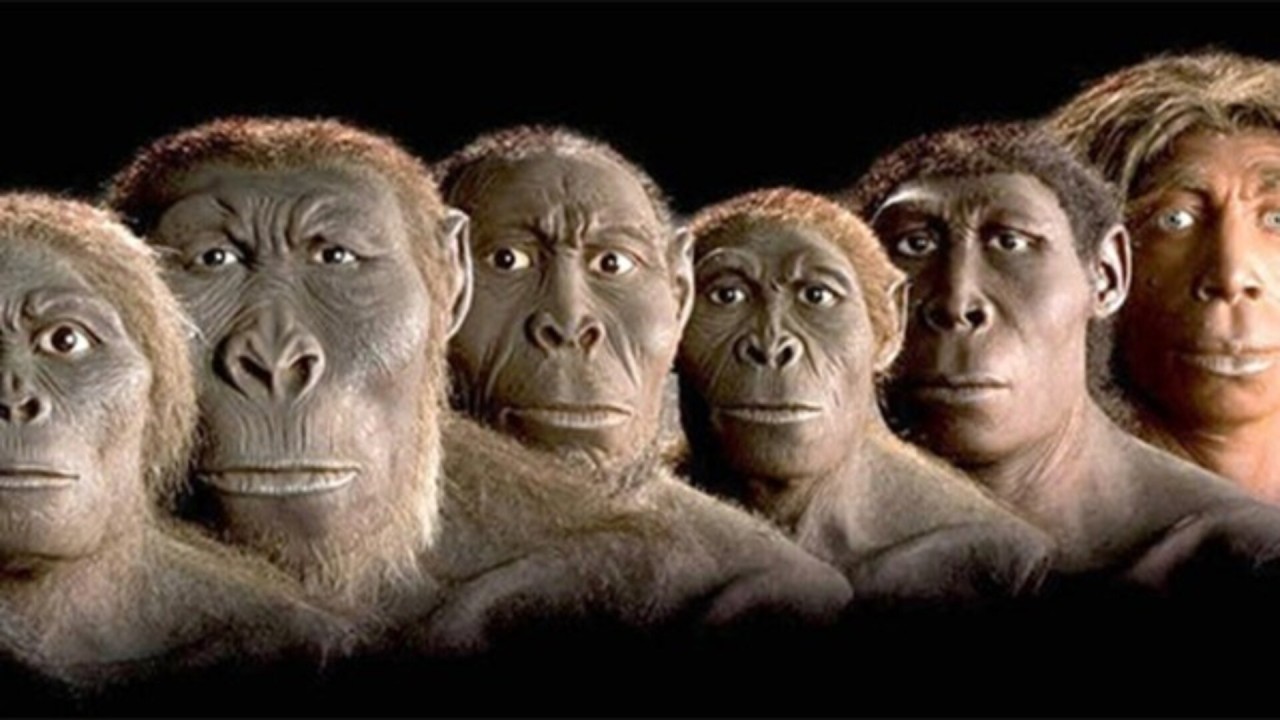Introduction
The question of who was the first person on Earth is a profound one that touches on the origins of humanity and the evolutionary journey that led to modern humans, Homo sapiens. It’s a question that has intrigued scientists, historians, and philosophers alike. In this article, we will explore the scientific understanding of human evolution and identify the milestones that mark the emergence of the first “person.”
The Evolutionary Timeline
The Hominid Family Tree
- Australopithecus: The journey begins over 4 million years ago with the Australopithecines, bipedal primates that walked the Earth and are considered our earliest ancestors.
- Homo habilis: Around 2.3 million years ago, Homo habilis emerged, known for their use of simple tools.
- Homo erectus: The likely “first human” in our lineage, Homo erectus, appeared approximately 2 million years ago and were the first to leave Africa.
The Genus Homo
- Homo neanderthalensis: Our closest extinct human relative, the Neanderthals, lived alongside Homo sapiens and even interbred with them.
- Homo sapiens: Modern humans, Homo sapiens, evolved between 200,000 and 300,000 years ago, with a capacity for language developing around 50,000 years ago.
Defining “Personhood”
- Biological and Cultural Milestones: The concept of “personhood” is complex, involving both biological evolution and cultural development.
- Cognitive Abilities: The development of language, art, and complex tools are often considered indicators of “personhood.”
Conclusion
The first “person” on Earth is not a single individual but a species that emerged from a long line of evolutionary ancestors. Homo erectus is a strong candidate for the title, given their significant advancements and spread across continents.
Humanity has always been fascinated by its origins, pondering the fundamental question: Who Was the First Person on Earth? This query is not just a matter of curiosity but also a significant one that connects us to our ancestral roots and the very beginning of human history. As we delve into this topic, we uncover a tapestry of scientific theories and remarkable discoveries that attempt to answer this age-old question. From the study of ancient fossils to the analysis of genetic markers, each piece of evidence brings us closer to understanding the dawn of humanity.

